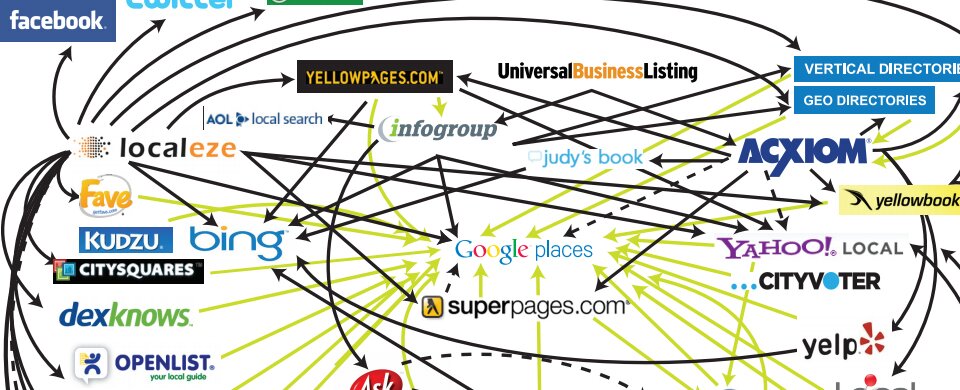Sooner later someone had to think, “Hey, what if we charge everyone who wants to be in our search engine and then make them pay every time someone clicks on their listing in the search results? Why are we just serving search results for free, anyway? We can make money with these search results!”
The business model of pay-per-placement search engines are built on the premise that people will pay for high rankings. This model also assumes that people will pay only for rankings on those keywords that are most relevant to their Web sites. After all, if they pay to be in the top search position and someone clicks on it, they will be billed. Who would pay for a click-through on a keyword phrase that is irrelevant to their Web site? In these search engines, the Web marketer can decide where they want to be in the rankings according to how much they are willing to pay via a bidding process.
By nature of this bidding model, someone must agree to pay a higher price per click if they hope to be placed higher in the search results. You can then return and raise your bid thus moving up a position ahead of your competitor
The major advantage of pay-for-placement is the amount of control you have over your rankings, budget, and keyword phrases or search terms for which your site is returned. This allows you to target a specific audience and make the most of the money you spend on promoting your site or products.
Purchasing text links instead of banner and sidebar ads can be a strategic
move for five reasons:
1. They can help you reach more users since some users choose to hide all Web graphics (for faster surfing or because their companies require it), and thus will not see banner ads.
2. They are often a more cost-effective buy than banner ads since the text links cost is usually much less than banner ads, and the click-through rate may only very slightly (some venues even claim a significantly higher click-through rate on links than banners).
3. As an advertiser, you get complete control over your placement in the search results (at least until someone outbids you). Companies with larger budgets can request an automatic increase in their bid to sustain their rankings.
4. In theory, users’ search results are highly relevant. Advertisers are much more strategic in pay-per-placement because they are directly paying for it. So they have incentive to bid for top placement only on search terms that will enable them to meet consumers who are looking for exactly what they have to offer.
5. You pay only what you want for each visitor who clicks on your listing. You have complete control over the dollar value of the bid you decide to place. If being at the top is worth it to you, you can pay for it. If not, you don’t have to, and you’ll be listed below.
The trend to watch is that pay-for-placement will continue to prosper, though they will never replace traditional search. LIkewise, they wil never replace search engine positioning, but instead remain an integral, though merely incremental, component of some types of search engine positioning campaigns.

